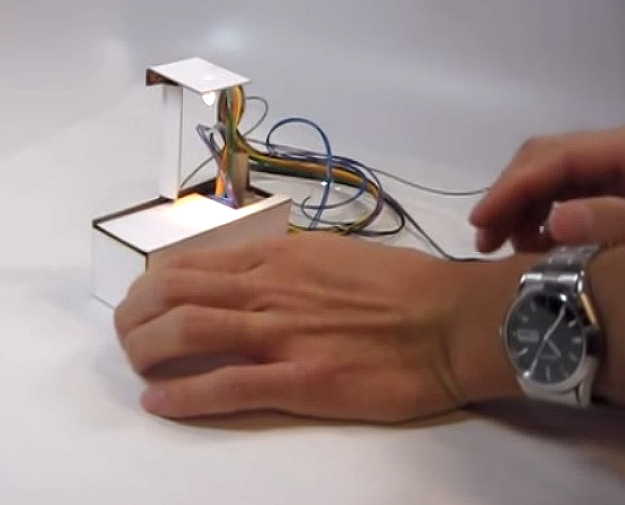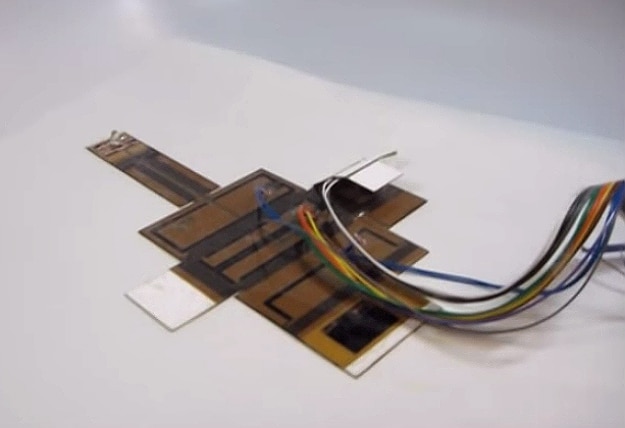The innovation around 3D printing has been taking leaps since the concept became a household name, and the possibilities seem limitless. A team of researchers at Harvard University, led by Robert Wood, Core Faculty member at the Wyss Institute for Biologically Inspired Engineering at Harvard University, has managed to develop a printable self-assembling lamp that could very well kickstarts the long awaited era of self-assembling products.
It would be wrong to say that the concept is brand new as we have seen some attempts to create self-assembling products before. The Harvard University team however has taken the whole thing a little further with their newly announced proof-of-concept. It is a monumental step towards a more intelligent way to deliver products that in the future could come to save both space and the environment in many ways.
The robot lamp is built up of several different materials, including shape-memory polymers, thin layers of copper, and layers of paper and foam, which can all be 3D printed, which makes it one of the most interesting innovations to come out of the 3D printing concept.
You don’t have to think for very long to understand that this has incredible potential and even though this robotic self-assembling lamp doesn’t have more elements than a mechanical switch and a capacitive touch sensor, it perfectly demonstrates just how far the 3D printing technology has come and where it is heading in the future. We are still a long way from seeing complex self-assembling products as that would take an insane amount of planning and ingenuity, but this proof-of-concept definitely proves that it is possible.
The build itself is pretty simple, and the light switch controls the electrical contacts while the capacitive sensor enables you to adjust the brightness of the LED. To simplify the build the researchers used regular double sided tape to keep the folded parts together, but in the future powerful magnets and even more complex and advanced locking mechanics can be used.
It should be said however that the self-assembling lamp is hooked up to an Arduino to enable the capacitive touch functions but with the rate of innovation around 3D printing it is not difficult to imagine that within the near future 3D printers will be able to print even simple Arduino circuits. Have a look at the video showing the self-assembling lamp fold itself into existence, it is pretty darn impressive!
Harvard University’s Self-Assembling Robot Lamp


COMMENTS